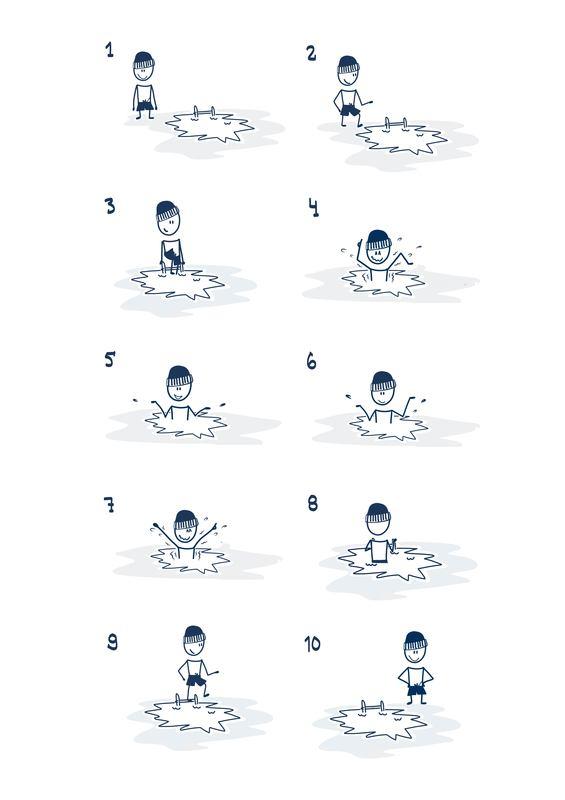Behind the scenes: Polar Bear Pitching’s moving trademark
Our job as trademark attorneys is to think how to protect companies’ trademarks, i.e. those assets that enable consumers to distinguish commercial products and services from one another. In the EU
less than 0,2 % of trademark applications are something else than word, figurative or 3D trademarks. Pitching from an ice-hole doesn’t seem like a protectable asset but rather a concept. Trademark is a surprisingly flexible tool but its limits are still largely untested. Companies should consider finding new and unique ways of differentiating their products and services keeping in mind that it is not only words and logos that can be protected.
Polar Bear Pitching is the most unique pitching event in the world. Jarmo Talvitie, the other founding partner of
Ipriq Intellectual Property Law (and also the person who registered the first ever moving trademark in the EU back in 2003) noticed that Polar Bear Pitching is known not so much for its name or its logo, but for crazy concept of pitching in an ice-hole.
Polar Bear Pitching’s trademark is a “movement trademark” that consists of a person standing next to an ice-hole, going inside to pitch, and coming out. The trademark is registered for organizing and holding events and competitions (such as pitching competitions). This moving trademark protects the very essence that distinguishes Polar Bear Pitching from other pitching events, i.e. person going to an ice-hole to pitch and coming out. It is likely that when Polar Bear Pitching gains more popularity (this is happening as we speak), other ice-pitching events may try to organize similar events. Competition is welcome, but let others find their own way of differentiating their event.

Read the description and details of the trademark on EU trademark office’s website
here.
See also
www.polarbearpitching.com.

 Read the description and details of the trademark on EU trademark office’s website here.
See also www.polarbearpitching.com.
Read the description and details of the trademark on EU trademark office’s website here.
See also www.polarbearpitching.com.